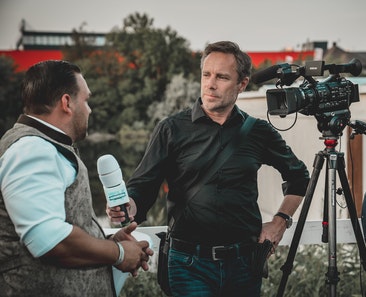5 Takeaways From Trump’s Visit to Israel, Egypt
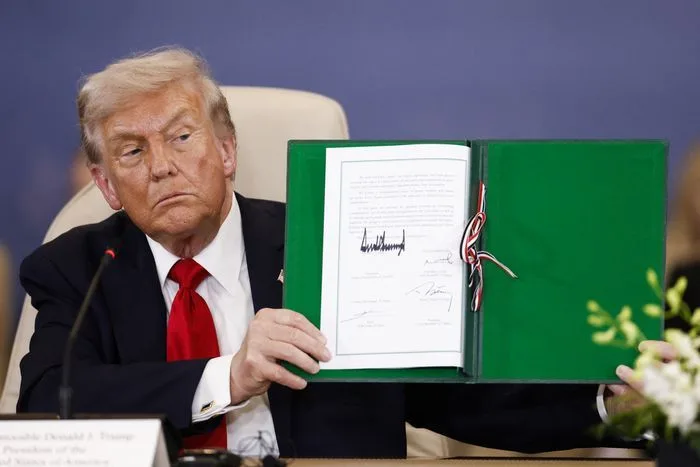
By Ryan Morgan and Travis Gillmore
President Donald Trump visited Israel and Egypt on Oct. 13 to mark the first phase of a cease-fire deal that saw the Hamas terrorist group release living hostages in exchange for Israel’s release of Palestinian detainees.
The cease-fire deal could bring about the end of more than two years of fighting, which began after Hamas attacked Israel on Oct. 7, 2023. About 1,200 people were killed in that attack, and Hamas fighters took 251 more to the Gaza Strip as hostages.
The Gaza Health Ministry, which operates under the auspices of a Hamas-controlled territorial government, has reported more than 67,000 Gazans killed during Israel’s military campaign of the past two years. The ministry does not differentiate between combatants and noncombatants, and exact casualty figures could not be verified.
As he addressed leaders from around the region, Trump said the next steps in the Gaza cease-fire process are in the works, and cast the moment as “the end of an age of terror and death and the beginning of the age of faith and hope.”
Here are five key moments from the president’s Middle East visit.
Hostages Freed
The remaining 20 Israeli hostages taken captive by Hamas terrorists more than two years ago were released and reunited with their families on Oct. 13.
“After two harrowing years in darkness and captivity, 20 courageous hostages are returning to the glorious embrace of their families, and it is glorious,” Trump said during an address to the Israeli Knesset.
The president has long vowed to bring home all the hostages, including the deceased ones.
Israeli and Palestinian officials are searching for the bodies of approximately 24 people who died in captivity after four corpses were returned, Trump told reporters while headed to Egypt. Search parties are scouring the rubble of the war-torn Gaza Strip, looking for the remains.
In exchange for the return of the hostages, Israel released more than 1,900 Palestinians, including approximately 250 who were imprisoned for various offenses.
Social media posts from friends and family members reunited with their loved ones depict scenes of the newly freed individuals brimming with emotion.
In an X post from the Israel Defense Forces, video footage shows Eitan Mor hugging his father while his parents cry tears of joy.
Another family expressed gratitude for the worldwide support.
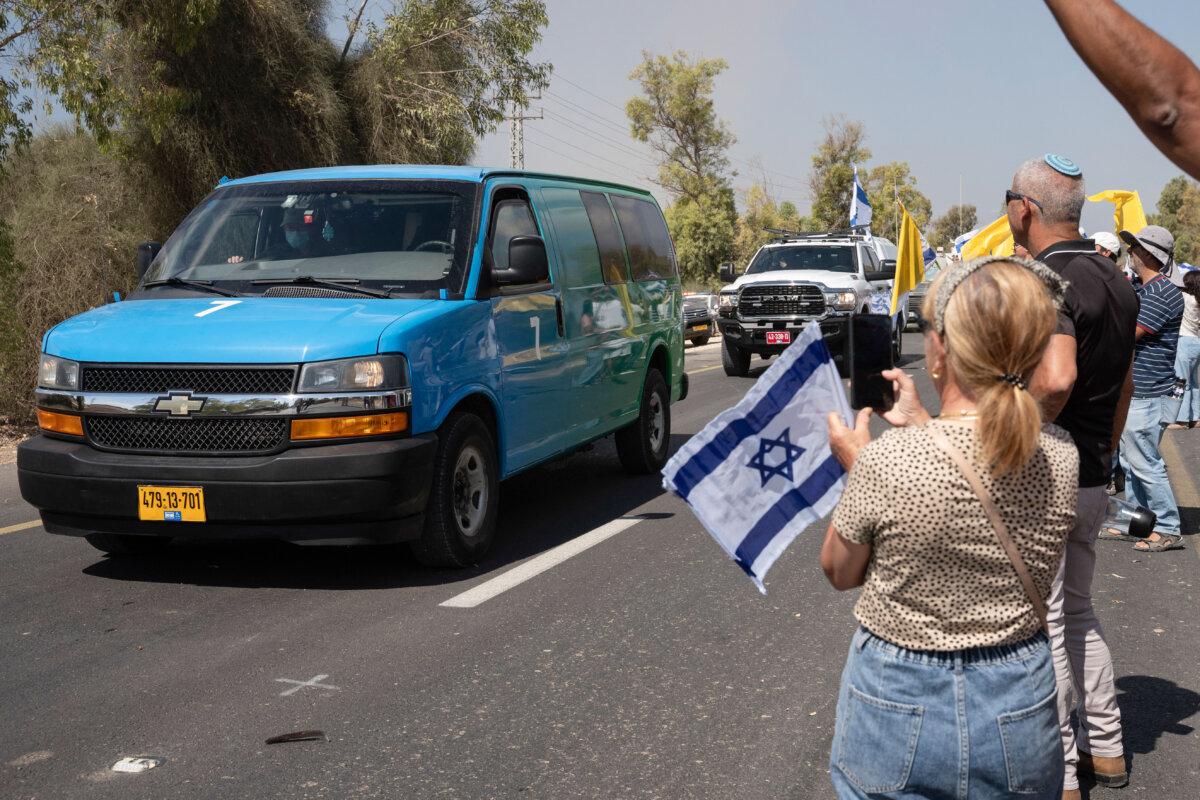
“For two years we waited for this moment—the moment our little family would be whole again,” Rivka Bohbot, the wife of Elkana Bohbot, who was abducted during the terror attack and had not seen his spouse or young son in 738 days, said in an X post from the hostage advocacy group Bring Them Home Now.
“Thank you to everyone who supported us, fought for us, embraced us, and helped.”
Thousands of Israelis could be seen lining the streets, waving flags, and cheering to welcome the convoy of freed hostages on Oct. 13.
The return came on the eve of the Jewish holiday Simchat Torah, known as a joyous celebration that marks the end of one cycle and the beginning of another.
Trump Proclaims ‘Dawn of a New Middle East’
Addressing Israeli lawmakers at the Knesset on Oct. 13, Trump said the Israel–Hamas cease-fire was a key development in a burgeoning moment for peace throughout the Middle East.
“It’s the start of a grand concord and lasting harmony for Israel and all the nations of what will soon be a truly magnificent region,” he said. “I believe that, so strongly, this is the historic dawn of a new Middle East.”
Trump set the moment of opportunity for peace as one built on the back of Israeli and U.S. military successes throughout the region.
“The dagger of [the] Hezbollah [terrorist group], long aimed at Israel’s throat, has been totally shattered,” the president said.
At another point, Trump noted Israeli and U.S. strikes in June that targeted Iran’s military leadership, as well as nuclear scientists and nuclear facilities.
“Israel, with our help, has won all that they can by force of arms,“ Trump said. ”You’ve won. I mean, you’ve won. Now it’s time to translate these victories against terrorists on the battlefield into the ultimate prize of peace and prosperity for the entire Middle East.”
Renewed Abraham Accords Push
Trump used his visit to the region as an opportunity to reinvigorate a peace initiative he began during his first term, known as the Abraham Accords. The accords aim to normalize diplomatic and economic relations between Israel and its predominantly Muslim neighbors.
“We’ve seen those nations that set aside their differences, reached across ancient divides, and pursued engagement are now among the most successful in the region,” he said during his remarks to the Knesset. “They’re getting along with Israel, and they’re doing great.”
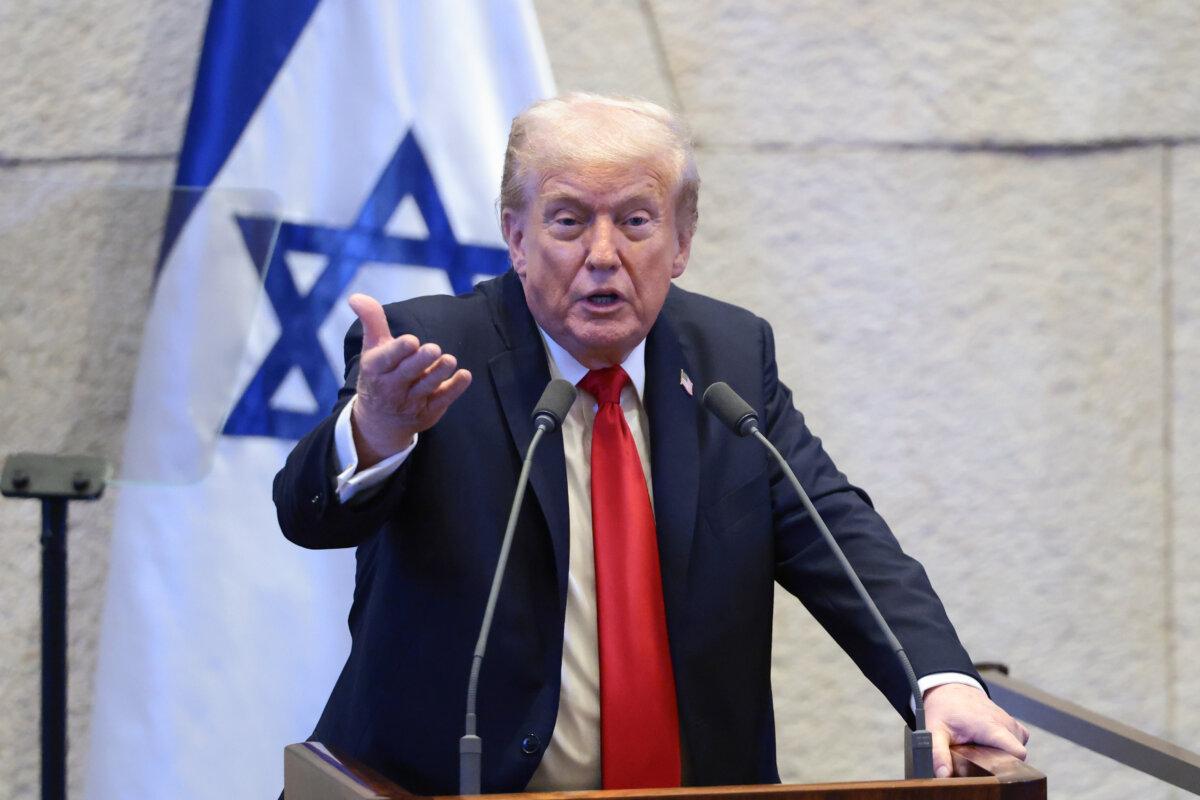
U.S. President Joe Biden sought to bring Saudi Arabia into the community of Muslim nations that are normalizing relations with Israel, but those efforts were sidetracked during the conflict in the Gaza Strip. At various points during the war, Saudi officials said they would not proceed to normalize relations with Israel unless Israeli leaders also committed to a clear path for Palestinian statehood.
As he spoke to Israeli lawmakers, Trump criticized his predecessor in the White House.
“We had a very weak administration, the worst president in the history of our country, by far. … And they did nothing with this incredible document, the Abraham Accords,” Trump said. “But now you can fill them up.”
Egypt Summit
Leaders representing 35 countries from around the world gathered in Sharm el-Sheikh, Egypt, to sign a security agreement at the Gaza Peace Summit.
“This is the day that people across the region and around the world have been working, striving, hoping, and praying for,” Trump said during the ceremony after the peace deal was inked.
A newly established “Board of Peace” will monitor the situation on the ground to help ensure long-term tranquility. Trump said countries would initially be selected by raffle to fill out the board.
“Together we’ve achieved what everybody said was impossible,” Trump said. “Together we have peace in the Middle East.”
The heads of state from France, Italy, Germany, Jordan, Turkey, and the UK joined the summit, as did U.N. Secretary-General António Guterres and European Commission President Ursula von der Leyen.
Egyptian officials announced that Israeli Prime Minister Benjamin Netanyahu would attend the summit, but Netanyahu’s office later announced that he would miss the summit because of the coming Jewish holiday.
Phase 2 Negotiations Have Begun
Sitting beside Egyptian President Abdel Fattah el-Sisi during a bilateral news conference on Oct. 13, Trump was asked when negotiations would begin on the implementation of a second phase of the Gaza cease-fire.
“As far as we’re concerned, Phase Two started,” Trump said.
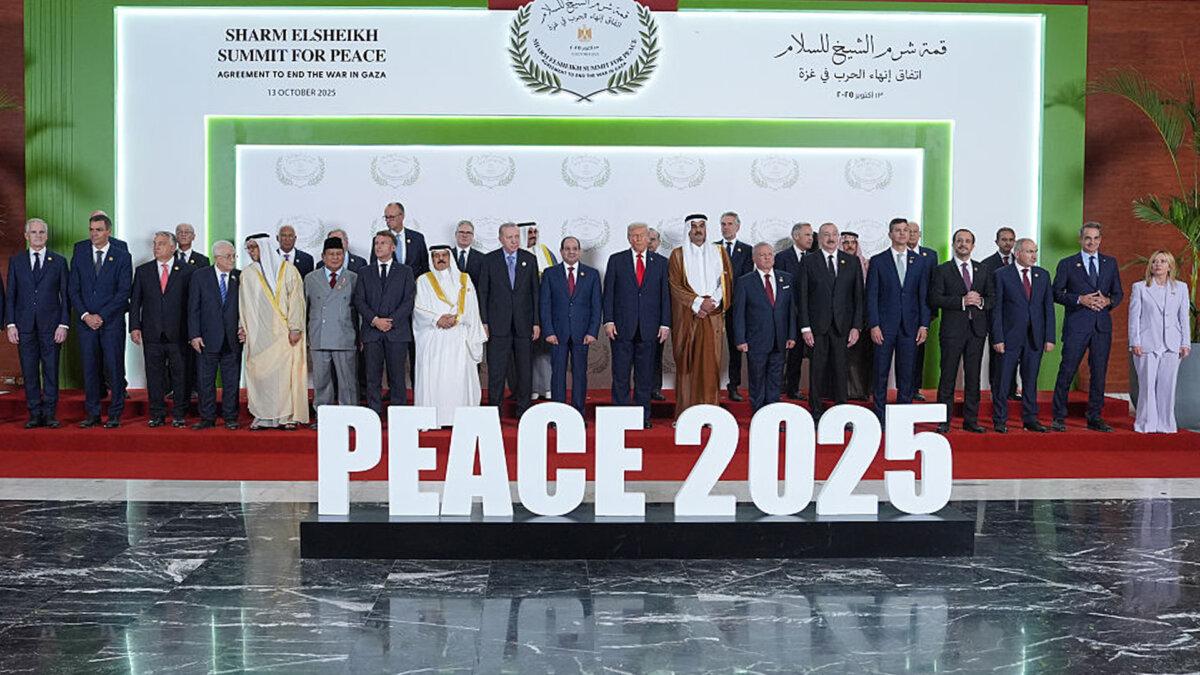
The U.S. president said the phases of this current deal “are all a little bit mixed in with each other,” and alluded to efforts to clean out the rubble and debris from the war-torn Gaza Strip.
A previous phased cease-fire agreement in Gaza collapsed earlier this year, amid disagreements about how to transition from the initial phase of the deal into the second phase.
After entering into this earlier cease-fire deal in January, Hamas released an agreed-upon number of hostages, in line with the Phase One conditions. Hamas negotiators then sought to initiate the second phase of the deal, while Israel supported a proposal set forth by U.S. special envoy to the Middle East Steve Witkoff to extend the cease-fire terms of the first phase and buy time for further negotiations.
While speaking with reporters on Oct. 13, Witkoff indicated that he and Trump’s son-in-law Jared Kushner would remain actively involved in the minute negotiations necessary to keep the peace deal progressing.
“Jared and I were already working on the implementation side,” Witkoff said. “So we’re dug in. We’ll be here quite a bit. That’s at the direction of the president.”

